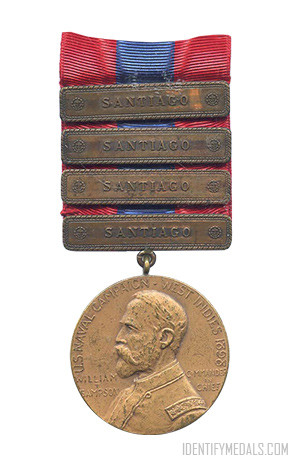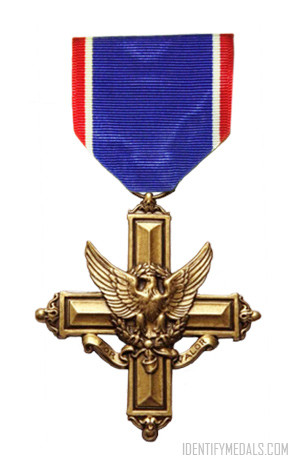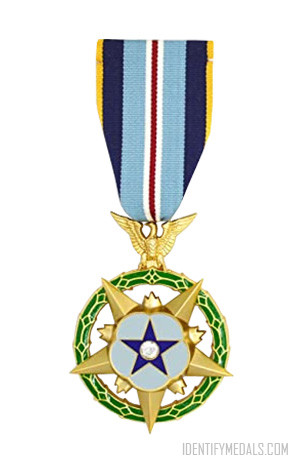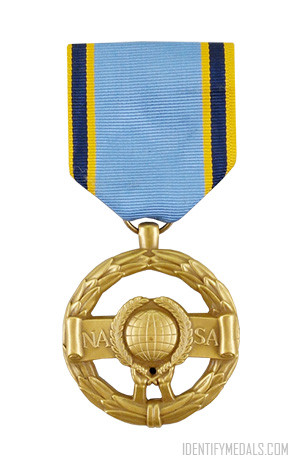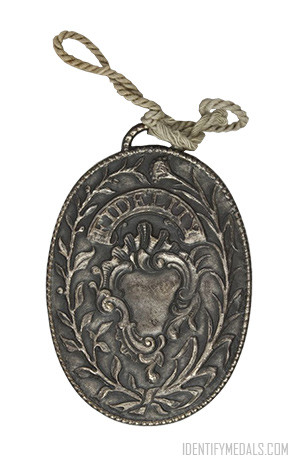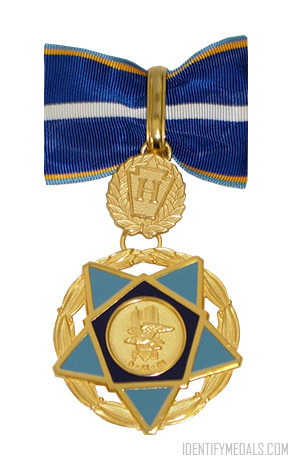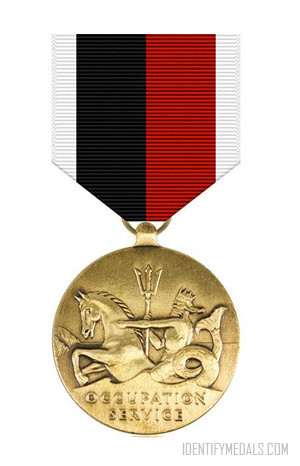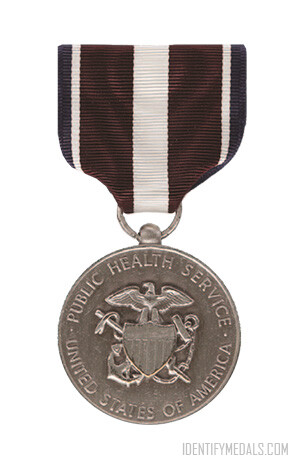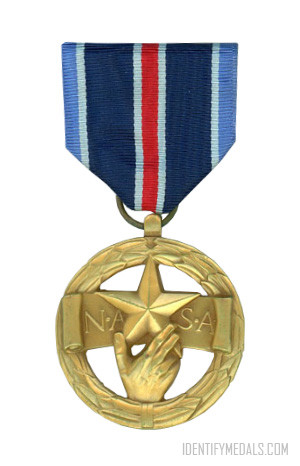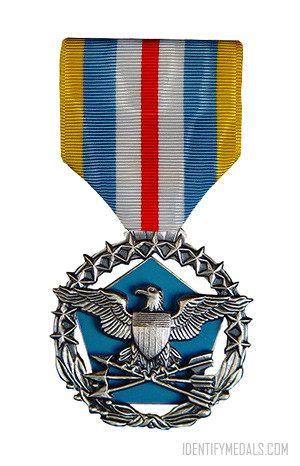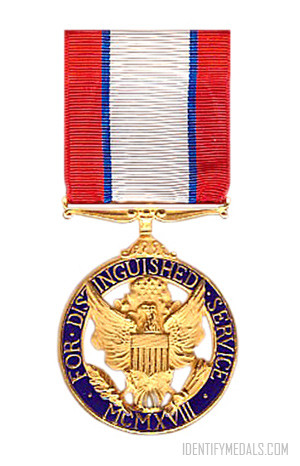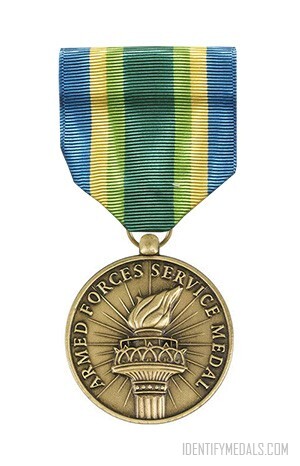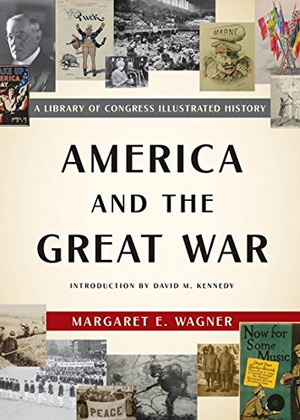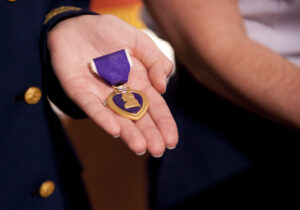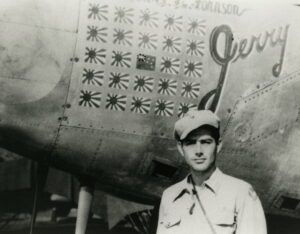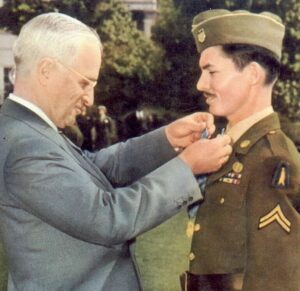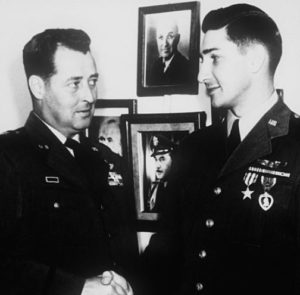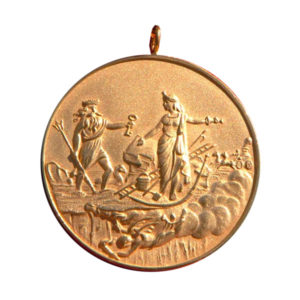- Time Period: Pre-WW1
- Established: 1901
- Country: United States
The Sampson Medal is a commemorative medal of the United States Navy authorized by an Act of Congress in 1901 for service in the Spanish–American War to those personnel who served on ships in the fleet of Rear Admiral William T. Sampson during combat operations in the waters of the West Indies and Cuba.
The resolution authorized the Secretary of the Navy to have produced bronze medals to commemorate naval engagements in the West Indies and on the shores of Cuba during the Spanish–American War.
The Sampson Medal was also known as the Medal Commemorating Naval Engagements in the West Indies or West Indies Naval Campaign Medal.
The Sampson Medal Design
The Sampson medal was designed by Charles E. Barber (obvser) and George T. Morgan (reverse).
The obverse depicts a bust of Admiral Sampson. The reverse shows a Navy officer, Sailor, and Marine standing upon a block identifying the action for which the medal was awarded.
Suspending the ribbon of the medal is a brooch pin with the name of the recipient’s ship. The recipient’s name is engraved on the lower rim of the medal.
47 engagements or skirmishes campaign clasps or engagement bars were authorized for wear on the ribbon, showing the battles and the ship name which had participated.

